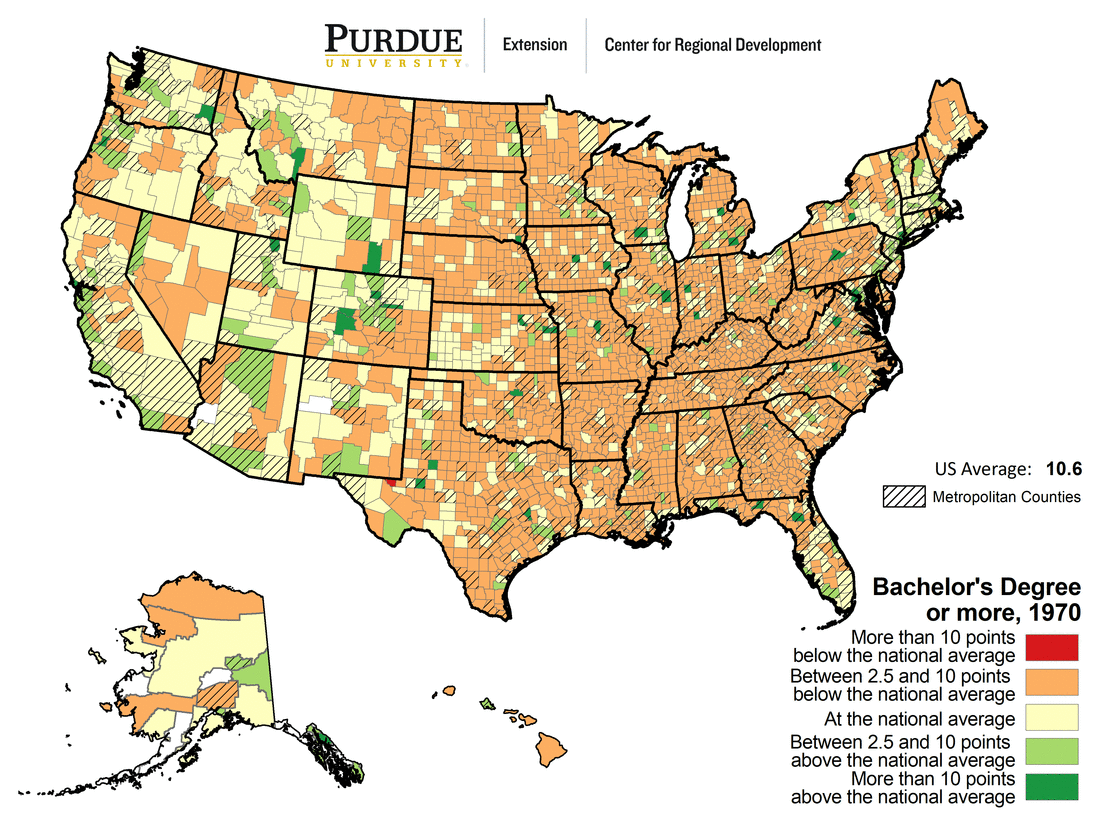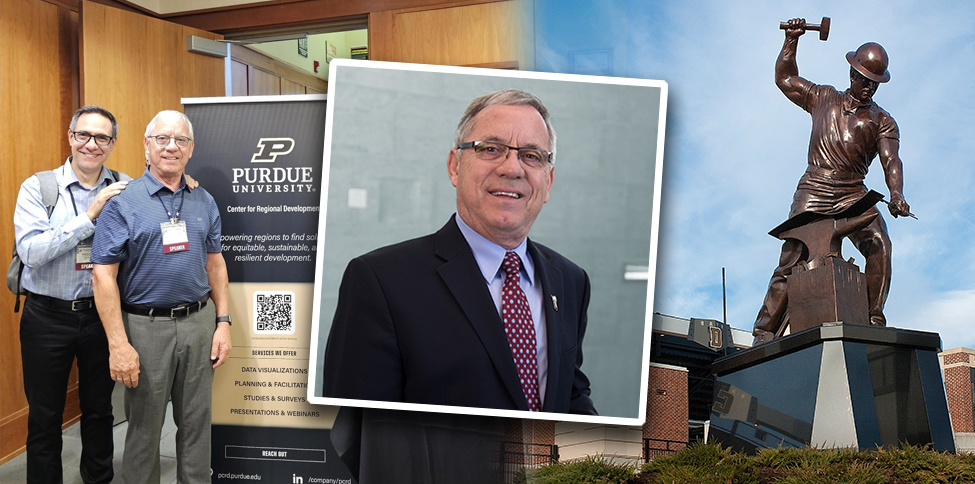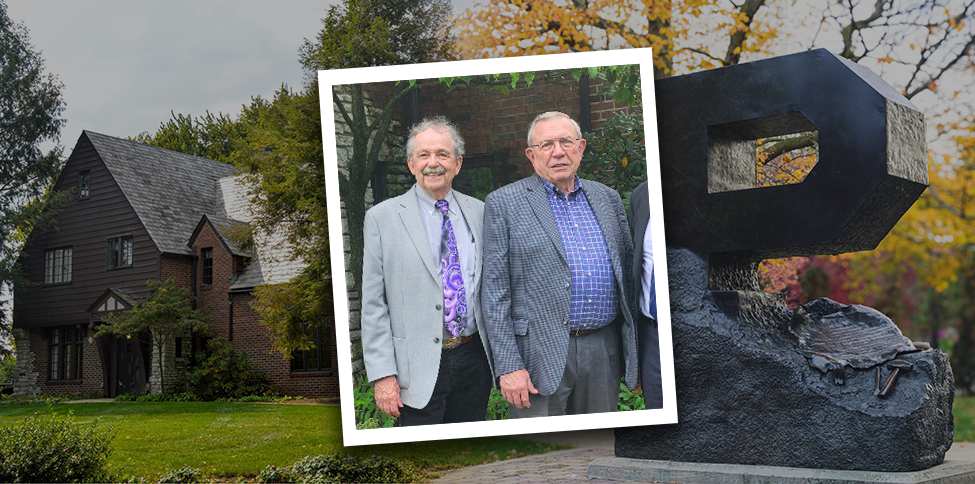Where Are the Highly Educated Going?

Economic development officials will agree: the workforce is the number one issue when it comes to creating, attracting, retaining, or expanding businesses in their communities. It has always been this way, but in the unfolding information age, it is even more so. According to the Brookings Institution, the collective knowledge and capabilities of the workforce in the United States is worth an estimated $240 trillion, ten times more than all the urban land in the country.
Regions and communities that are not able to develop, retain, or attract talent, will struggle to benefit and thrive in this post-industrial world. The United States Congress joint economic committee calls this issue a “brain drain (or gain).”
To get a better feel for this issue, we turn to trends involving one of the indicators associated with talent: share of those with a bachelor’s degree or higher.
The good news, and as shown in figure 1, the share of those ages 25 and older with a bachelor’s degree or higher tripled between 1970 and 2018 in the U.S. and across all three types of counties analyzed: metropolitan, small city and rural.
The most significant increase took place in metropolitan counties where the share with a bachelor’s degree increased 22 percentage points between 1970 and 2018. Small city and rural counties followed, followed with 13.6 and 11.7 percentage points, respectively. As of 2018, however, small city and rural counties’ share lagged by more than half of their metropolitan counterparts.
Since rural counties continue to lag metropolitan counties, the question becomes: has this increase in the share of the most educated been unequal from a spatial perspective? After all, national economic inequality is driving regional disparities, and more than half of innovative jobs are concentrated in only 41 counties out of the more than 3,100 counties in the nation.
So, is brain drain (or gain)—measured by the share of those with a bachelor’s degree or higher—concentrating in certain areas more than others?
To answer this question, we looked at how counties have done over the past 48 years compared to the national average. Dark green counties captured a higher share of those with a bachelor’s degree or higher exceeding the national average by more than ten percentage points. At the same time, dark red counties lagged the national average by more than ten percentage points.
Keep in mind this does not mean dark red counties do not have any workers with a bachelor’s degree or more. It simply means that their share is lagging the national average.
The animated GIF below is clear: spatial inequality among highly educated workers is substantial. In 1970, only one county had a share of more than ten percentage points lower than the national average (dark red) and no counties with a share of more than ten percentage points above the national average (dark green).
Fast forward to 2018, and more than 1,900 counties lagged the national average by ten-percentage points or more (three-quarters non-metropolitan) versus 135 that exceeded the national average by ten-percentage points or more (80 percent metropolitan).
In other words, not unlike innovation jobs and more than likely correlated, highly educated workers are also concentrating in mostly urban counties.
To achieve sustainable and inclusive development, this unequal distribution among the highly educated needs to be addressed. Several proposals presented range from incentivizing regional growth centers to transformative placemaking to fundamentally changing how economic development addresses workforce development. In addition, remote work strategies can help in this effort as well (assuming digital connectivity and skills are adequate!)
On the bright spot, trends indicate talent may be shifting from urban areas to other areas. However, this preliminary shift is not enough.
Besides, talent is not only inherent in highly educated workers. Less-educated but equally talented workers need support, for example, through the development of entrepreneurial ecosystems and efficient reskilling programs, to ensure all communities can thrive in this knowledge economy.
Make sure to look for your county in our interactive table below. Our next post looks at how the distribution of these highly educated played out in the upper Midwest.

Roberto Gallardo is the Vice President for Engagement and an Associate Professor in the Agricultural Economics Department. He holds an electronics engineering undergraduate degree, a... read more





